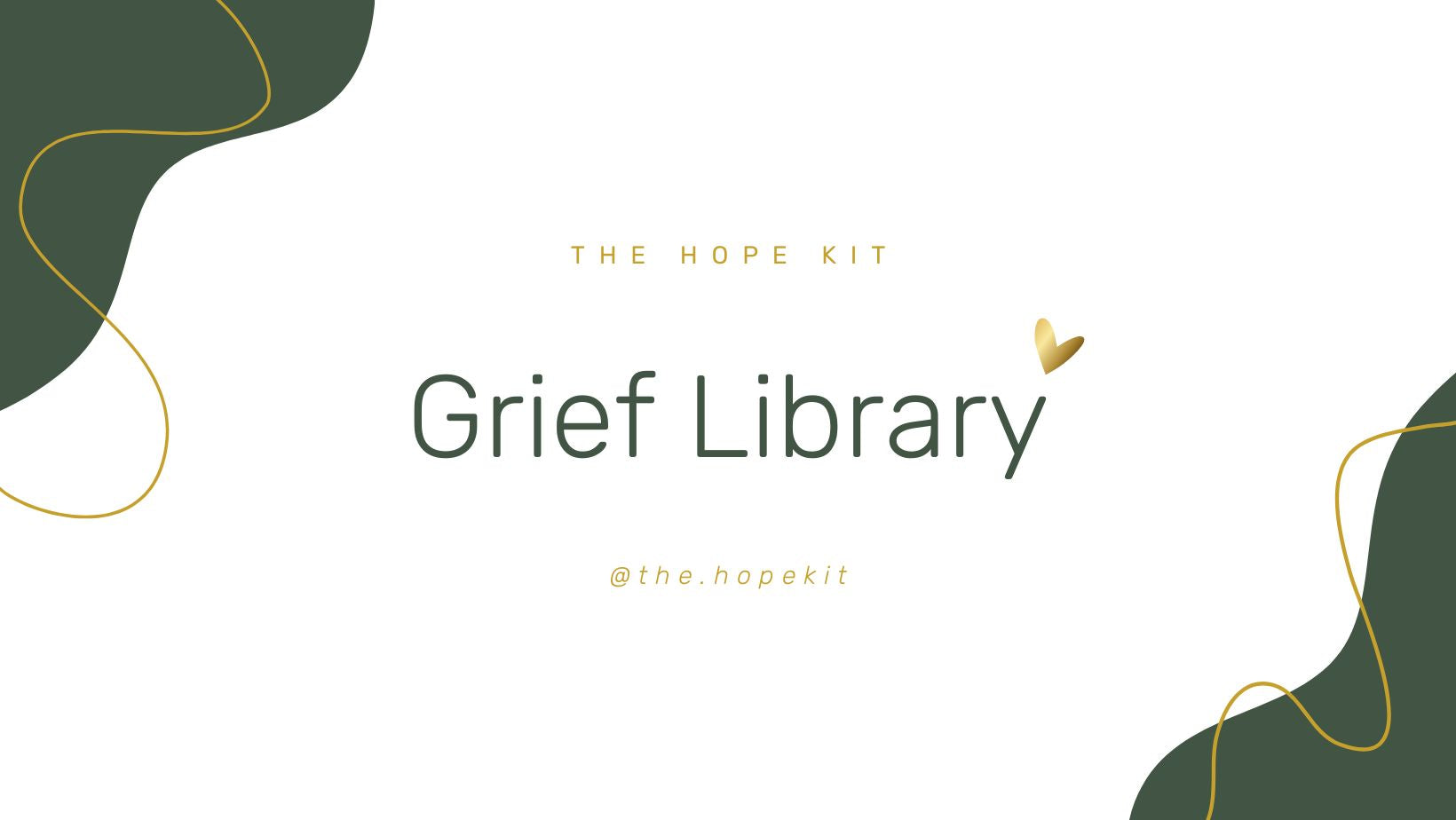Grief in Action: How the 4 Tasks Can Transform Your Mourning Experience"
Join me on a heartfelt journey through the labyrinth of grief, where we uncover four pivotal tasks that light our way to healing. These tasks are more than mere concepts; they are the steps to mend our hearts and transform despair into hope.
Together, we'll explore how accepting, processing, adjusting, and finding a new path forward can profoundly change us, honoring the memories that define our connections. This voyage is not just about navigating grief but about embracing a transformation that leads to understanding, acceptance, and a deep, enduring connection with our lost loved ones.
Let's venture into these tasks, alongside the associated traps:
- “Accepting” the Reality of the Loss:
Meaning: This task beckons us to acknowledge and come to terms with the stark reality that a significant loss has shattered our world. It entails recognizing that the person or thing we held dear is no longer a part of our daily existence.
Trap: Denial or Avoidance - Sometimes, we find ourselves wrestling with acceptance, resorting to denial or avoidance. We might attempt to brush aside or downplay the weight of the loss, inadvertently prolonging our journey through grief.
- “Processing” the Pain of Grief:
Meaning: Grief arrives hand in hand with intense emotional anguish, demanding to be felt and understood. This task involves granting ourselves permission to experience the spectrum of emotions entwined with loss, from profound sadness to flashes of anger, guilt, and even fleeting moments of relief.
Trap: Emotional Numbness - Amid this task, there's a perilous trap called emotional numbness. Some may close themselves off emotionally as a coping mechanism, a temporary respite from overwhelming grief. However, this can inadvertently extend the healing process.
- “Adjusting” to a World Without the Deceased or Lost Object:
Meaning: After embracing the reality of loss and confronting its pain, we must find our footing in a world that lacks the presence or influence of what we've lost. This entails forging new routines, crafting fresh roles, and mastering the art of navigating changed circumstances.
Trap: Isolation or Withdrawal - In this phase, there's the lurking danger of isolation or withdrawal. We may inadvertently cut ourselves off from others or retreat from social interactions, spiraling into solitude and thwarting our efforts to adapt.
- “Finding” a Way to Maintain a Connection While Moving Forward:
Meaning: As we adapt to life without the departed or the lost object, it's crucial to discover avenues to preserve their memory or significance while progressing with our own lives and aspirations. This task involves nurturing a healthy connection or remembrance, all while embarking on our unique journeys.
Trap: Stagnation or Overattachment - Here, we encounter the twin snares of stagnation or overattachment. Some may find themselves stuck, struggling to take steps forward, while others may cling excessively to the past, hindering the creation of new connections and experiences.
Conclusion:
Recognizing these potential pitfalls is paramount, as it empowers us to seek the support necessary to overcome these challenges and navigate the grieving process in a healthier manner. Grief is a multifaceted journey, and encountering these traps is a natural part of the terrain. However, with the right guidance and support, healing remains an attainable destination on this profound expedition.
References:
- Kübler-Ross, E., & Kessler, D. (2005). On grief and grieving: Finding the meaning of grief through the five stages of loss. Scribner.
- Worden, J. W. (2009). Grief counseling and grief therapy: A handbook for the mental health practitioner. Springer Publishing Company.
- Neimeyer, R. A., & Burke, L. A. (2019). Complicated grief: When the path of adjustment leads to a dead-end. In Contemporary directions in psychopathology: Scientific foundations of the DSM-V and ICD-11 (pp. 345-371). Guilford Press.
- Bonanno, G. A., & Kaltman, S. (2001). The varieties of grief experience. Clinical Psychology Review, 21(5), 705-734.
- Stroebe, M., Schut, H., & Boerner, K. (2017). Cautioning health-care professionals: Bereaved persons are misguided through the stages of grief. Omega-Journal of Death and Dying, 0030222817710860.
- Silverman, P. R., & Klass, D. (2013). Living with grief: Who we are, how we grieve. Routledge.
- Parkes, C. M. (1998). Bereavement: Studies of grief in adult life. Routledge.




